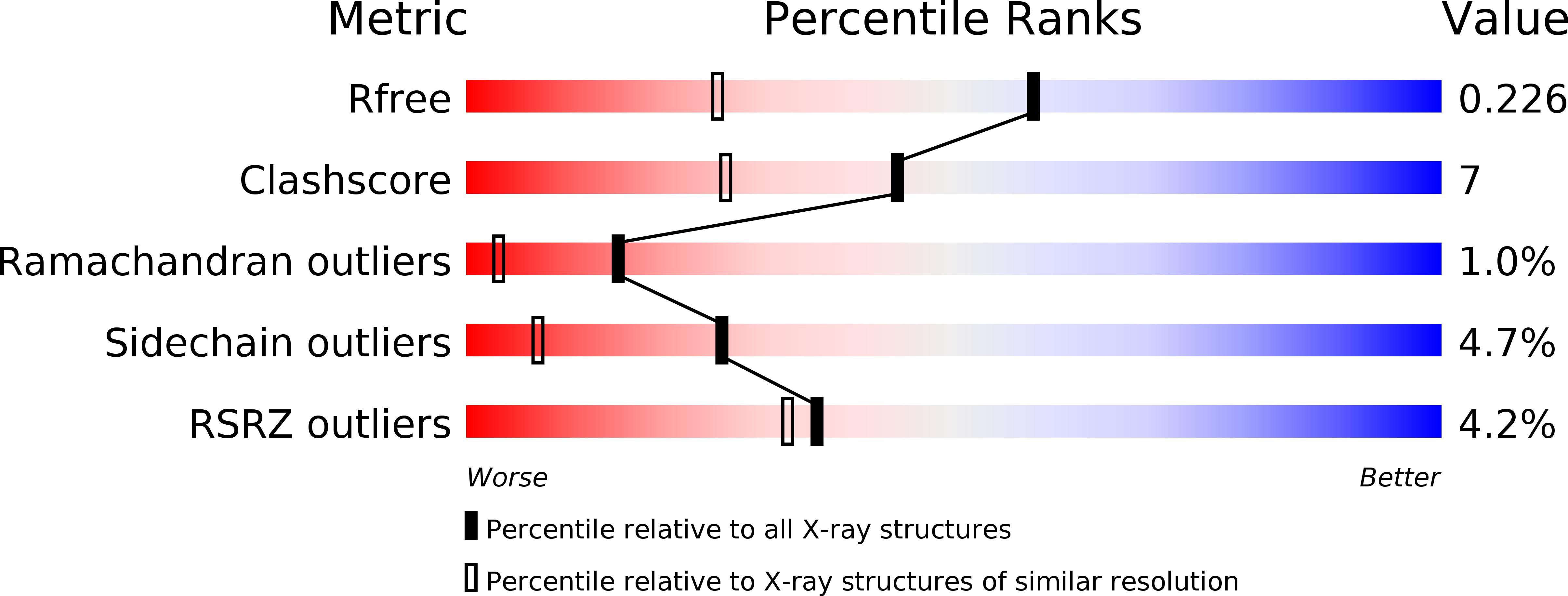
Deposition Date
2000-07-19
Release Date
2001-10-01
Last Version Date
2024-10-30
Method Details:
Experimental Method:
Resolution:
1.60 Å
R-Value Free:
0.22
R-Value Work:
0.18
R-Value Observed:
0.19
Space Group:
P 1 21 1


